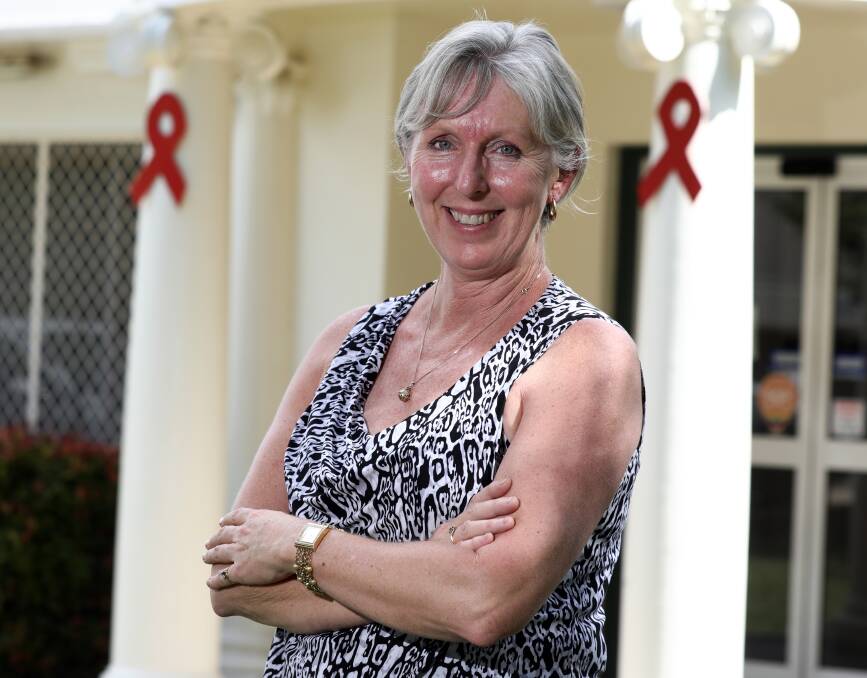
An increasing number of people diagnosed with HIV are in a late stage of infection, according to a new report.
Subscribe now for unlimited access.
or signup to continue reading
The Western NSW Local Health District [WNSWLHD] has called on people who might be at risk to get regular testing.
The latest NSW HIV strategy report has found that late diagnosis was increasing in people aged over 30.
People who may be at risk of HIV are encouraged to get tested.
- Ann Ryan, Western NSW Local Health HIV manager
It was particularly high for people over 50 where 60 per cent of the cases were late diagnosis.
Ann Ryan, the WNSWHLD manager of HIV and related programs said 44 per cent of people in NSW diagnosed with HIV this year were in a late stage of infection.
Most people diagnosed with HIV in NSW since 1981 have been from Sydney.
There have been 128 people [0.7 per cent] living in the WNSWHLD, which includes Orange, in that 36 years.
Three new cases have been reported in the WNSWHLD this year.
The report also revealed 116 people in the WNSWHLD received antiretroviral therapy for HIV in the last financial year.
Ms Ryan said testing was vital.
“Once a person is diagnosed, they can start treatment to improve their health and prevent the virus from being passed onto others,” she said.
“These days health professionals treat HIV like any other chronic manageable condition.
“Prevention is still essential and condoms are considered the best way to prevent HIV and sexually transmissible infection.”
Donna Middleton, the nursing unit manager of the Orange Sexual Health Unit said they had drop-in clinics in Kite Street every Tuesday and Friday for people seeking help and information.
“They are well attended,” she said.
Mrs Middleton said they would be promoting World AIDS Day on Friday in Orange.
“We have been going out to businesses asking them to put up posters to promote awareness,” she said.
“They will be handing out red ribbons for people to wear.”
She said the message for World Aids Day, and for HIV awareness, was to educate people about the need for testing and reducing the risks of contracting the virus.
Mrs Middleton said HIV was principally a disease of men but heterosexual couples could also contract it.
“We do have women too,” she said.


